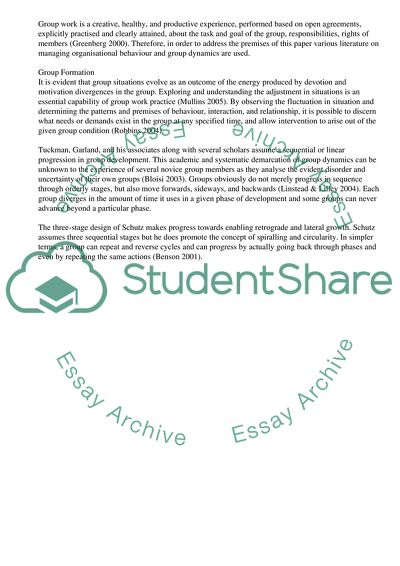Cite this document
(Managing Group Dynamics Essay Example | Topics and Well Written Essays - 1750 words, n.d.)
Managing Group Dynamics Essay Example | Topics and Well Written Essays - 1750 words. Retrieved from https://studentshare.org/management/1563421-group-dynamics-and-the-impact-upon-the-function-of-management
Managing Group Dynamics Essay Example | Topics and Well Written Essays - 1750 words. Retrieved from https://studentshare.org/management/1563421-group-dynamics-and-the-impact-upon-the-function-of-management
(Managing Group Dynamics Essay Example | Topics and Well Written Essays - 1750 Words)
Managing Group Dynamics Essay Example | Topics and Well Written Essays - 1750 Words. https://studentshare.org/management/1563421-group-dynamics-and-the-impact-upon-the-function-of-management.
Managing Group Dynamics Essay Example | Topics and Well Written Essays - 1750 Words. https://studentshare.org/management/1563421-group-dynamics-and-the-impact-upon-the-function-of-management.
“Managing Group Dynamics Essay Example | Topics and Well Written Essays - 1750 Words”. https://studentshare.org/management/1563421-group-dynamics-and-the-impact-upon-the-function-of-management.


